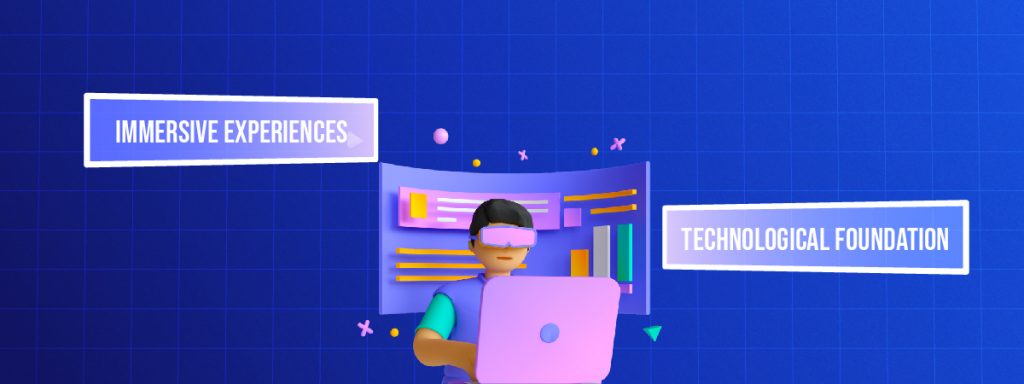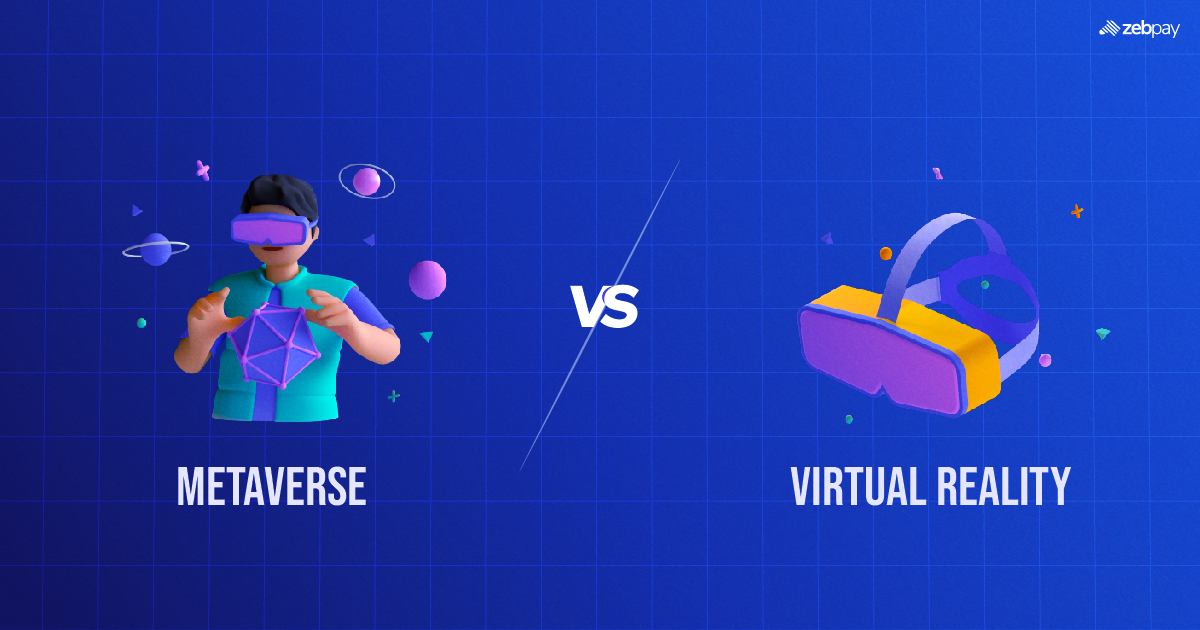Introduction
In today’s rapidly evolving digital landscape, terms like “metaverse” and “virtual reality” are gaining significant attention. But what exactly do these terms mean, and how do they differ? In this blog post, we will explore the fundamental differences and overlap between the metaverse and virtual reality, shedding light on two fascinating concepts that are shaping the future of our digital experiences.
Defining the Metaverse
The metaverse refers to a virtual universe, an interconnected network of digital spaces, where users can interact with each other and engage in various activities. It is a collective term for a vast, shared online space that combines elements of augmented reality (AR), virtual reality (VR), and the Internet. Think of it as a convergence of multiple virtual worlds where users can navigate, communicate, and explore limitless possibilities.
Read more: Unravelling the metaverse shaping the future of digital reality
Understanding Virtual Reality
Virtual reality (VR), on the other hand, is a technology that allows users to immerse themselves in a simulated environment, often through the use of headsets or other sensory devices. VR creates a sense of presence, transporting users to a computer-generated world that can replicate real-world experiences or offer entirely fictional environments. It is an individual experience that isolates users from the physical world, placing them fully within the confines of a virtual realm.
Read more: What’s the Future of the Metaverse
Key Differences
- Scope and Interactivity: The metaverse encompasses a broader concept than virtual reality. It extends beyond individual immersive experiences to include social interactions, economic activities, and content creation. In contrast, virtual reality primarily focuses on creating an immersive and solitary experience for the user, with limited interaction with others.
- Connectivity and Sharing: The metaverse emphasizes connectivity and collaboration among users. It aims to create a shared online space where people can engage, communicate, and interact with one another, transcending geographical boundaries. Virtual reality, while offering immersive experiences, often lacks the same level of interconnectedness and shared experiences that define the metaverse.
- Real-World Integration: The metaverse aims to bridge the virtual and physical worlds, blurring the lines between them. It envisions a seamless integration of digital and real-world elements, allowing users to access the metaverse through various devices and interact with the physical environment. In contrast, virtual reality is primarily focused on creating entirely simulated environments, often detached from the real world.
Overlap and Intersection

While the metaverse and virtual reality are distinct concepts, they also share some common ground:
- Immersive Experiences: Both the metaverse and virtual reality offer immersive experiences that transport users to digital realms. While the metaverse is more diverse and interconnected, virtual reality serves as a key technology for achieving immersive experiences within the metaverse.
- Technological Foundation: Both the metaverse and virtual reality rely on similar underlying technologies such as virtual environments, 3D graphics, and sensory devices. Virtual reality can be seen as a building block or component of the broader metaverse concept.
Read more: Metaverse Bank
Conclusion
In summary, the metaverse and virtual reality are two distinct concepts, each with its unique features and objectives. The metaverse represents a vast interconnected network of digital spaces where users can engage in various activities, emphasizing connectivity and real-world integration. Virtual reality, on the other hand, focuses on immersive experiences within simulated environments, often isolating users from the physical world.
While the metaverse is a broader concept encompassing virtual reality and other elements, virtual reality plays a crucial role in enabling immersive experiences within the metaverse. As technology continues to evolve, both the metaverse and virtual reality are poised to shape the future of our digital experiences, offering exciting possibilities for communication, exploration, and entertainment in a digitally interconnected world.
Visit ZebPay blogs to stay up to date about the latest crypto news. Join the millions of traders already using ZebPay.







